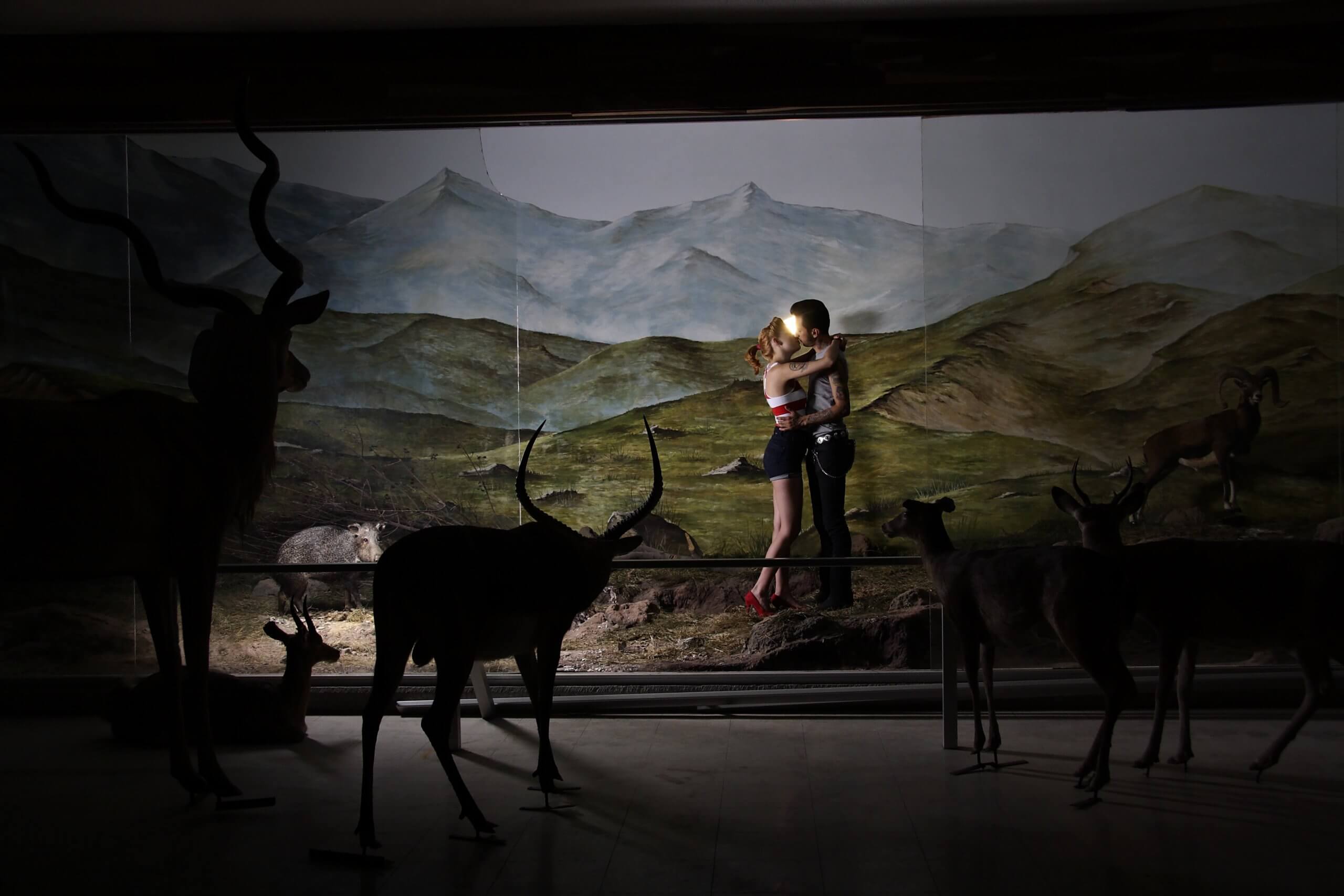SEARCH THE ENTIRE SITE

Dioramas
Following the exhibition Le Bord des Mondes (“At the Edge of the Worlds”, 2015), Palais de Tokyo continues its exploration of art through various fields of knowledge and cross-disciplinary forms and practices. In the same way, Dioramas goes beyond the historical narrative of the diorama and its influence on major artists of the 20th and 21st centuries. Inviting the audience to step into the hidden mechanisms of a diorama, the exhibition dismantles its strategies of illusionism and allows the viewer to build a critical approach on the power of representation. Offering an outstanding selection of important works spanning several centuries, the exhibition also points at timely issues such as ecological awareness and the visual legacy of colonialism.
With: Marcelle Ackein, Carl Akeley, Sammy Baloji, Richard Baquié, Richard Barnes, Erich Böttcher, Jacques Bouisset, Cao Fei, Philippe Chancel, Joseph Cornell, Louis Daguerre, Giovanni D’Enrico, Caterina De Julianis, Mark Dion, Jean Paul Favand, Claude-André Férigoule, Joan Fontcuberta, Diane Fox, Emmanuel Frémiet, Ryan Gander, Isa Genzken, Arno Gisinger, Ignazio Lo Giudice, Robert Gober, Duane Hanson, Edward Hart, Patrick Jacobs, Arthur August Jansson, Anselm Kiefer, Fritz Laube, Pierre Leguillon, William Robinson Leigh, Charles Matton, Mathieu Mercier, Kent Monkman, Armand Morin, Lorenzo Mosca, Dulce Pinzón, Walter Potter, Georges Henri Rivière, G-M Salgé, Gerrit Schouten, Ronan-Jim Sévellec, Pierrick Sorin, Peter Spicer, Hiroshi Sugimoto, Fiona Tan, Jules Terrier, Tatiana Trouvé, Jeff Wall, Rowland Ward, Tom Wesselmann
Curators: Claire Garnier, Laurent Le Bon, Florence Ostende
This exhibition is organised in partnership with the Schirn Kunsthalle Frankfurt.
Exhibition curator at Schirn Kunsthalle Frankfurt: Katharina Dohm
An exhibition catalogue in French is published by Flammarion in partnership with Palais de Tokyo.
(1) Honoré de Balzac, Letter to his sister Laure, 1822
This exhibition benefits from the support of:

This exhibition benefits from the support of Art Museum, University of Toronto ; Galerie Almine Rech ; Galerie Thaddaeus Ropac, London/Paris/Salzburg and from the support of Centre culturel canadien à Paris. This project is part of Canada 150 which celebrates Canada 150th anniversary.
